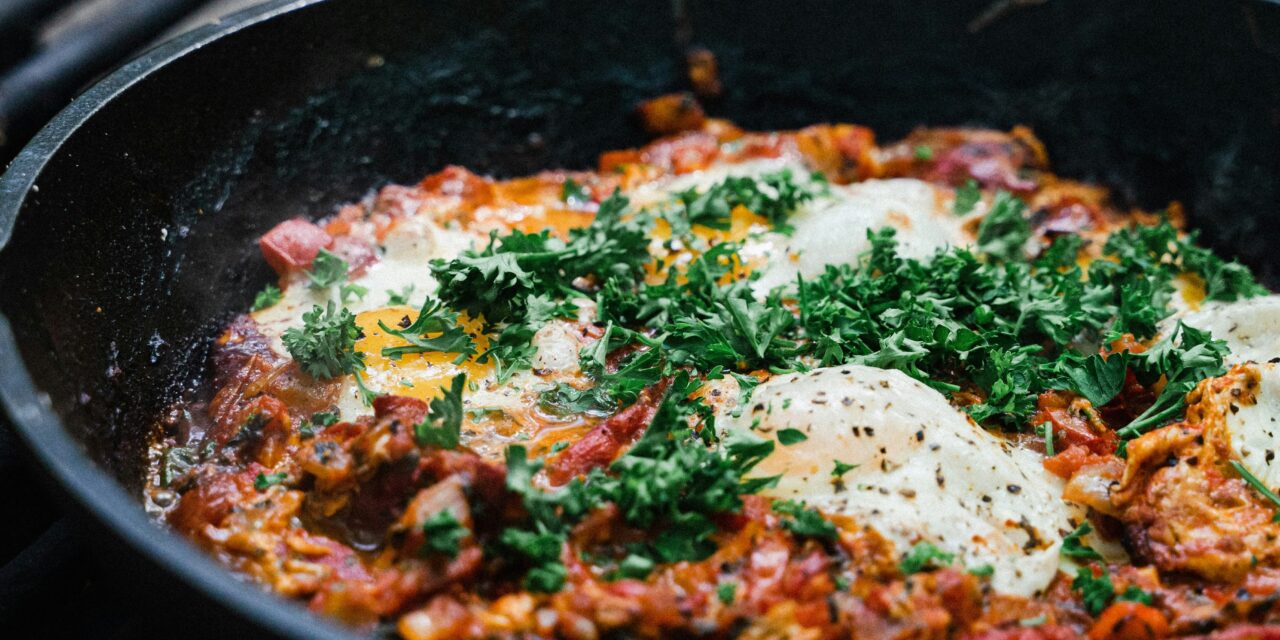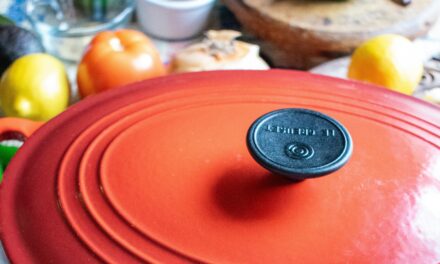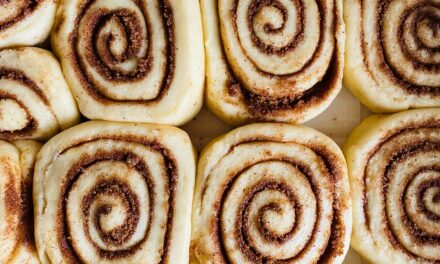There’s something deeply satisfying about cooking over an open fire — the crackle of the wood, the aroma of smoke, and the rustic feel of it all. Add cast iron to the mix, and you’ve got the makings of a perfect backcountry meal. But if you’re new to campfire cooking, it can be a little intimidating. Luckily, with a few solid tips and a bit of practice, cooking with cast iron at camp becomes second nature.
Start with the Right Fire
Before you even think about food, get your fire right. A good cooking fire isn’t big and roaring — it’s controlled and coal-heavy. You want glowing embers, not huge flames. Let the fire burn down for 30–45 minutes until you have a solid bed of coals. These offer consistent, even heat and are ideal for both skillets and Dutch ovens.
If you’re using a grill grate, set it over your coals so the pan can rest steadily. If you’re cooking directly on the firepit or using tripod setups, make sure everything is stable before adding your heavy cast iron.
Know Your Cast Iron Tools
A cast iron skillet is great for frying, searing, and sautéing. It’s your all-around workhorse — perfect for everything from eggs and bacon to pan-fried trout or grilled sandwiches. A cast iron griddle is handy for pancakes or quesadillas, and Dutch ovens shine for anything baked, simmered, or slow-cooked. If you’re new to cast iron, start with a medium skillet (10″–12″) and a Dutch oven with legs and a flat lid for coal cooking.
Preheat the Smart Way
Cast iron holds heat incredibly well, which is a blessing and a curse. To avoid burning your food or creating hot spots, always preheat your pan slowly over the coals. Never throw a cold skillet straight into high flames — it can warp or crack. Give it a few minutes over the coals, then do a water drop test: if a splash of water dances across the surface, you’re ready to cook.
Use the Right Oils
Because cast iron pans need a bit of fat to shine, use oils with a high smoke point, like canola, vegetable, or avocado oil. Butter adds flavor but can burn, so try combining it with oil for the best of both worlds. For campfire cooking, you’ll also appreciate that these fats help prevent sticking and make cleanup easier later on.
Managing the Heat
You don’t control campfire heat with a dial — you do it by moving your pan. Set it directly on coals for high heat, or shift it to the edge of the fire pit for a gentler simmer. Elevating the pan on a grate or rocks can also help dial it down. Rotate your skillet or Dutch oven every few minutes to cook evenly, and flip or stir food often to avoid burning.
With Dutch ovens, you can control the temperature by placing coals on the lid as well as underneath. A general rule: for 350°F, use about 15 coals on top and 10 underneath for a standard 10″ oven.
Cleanup Tips
After cooking, let your cast iron cool slightly before cleaning. Never pour cold water into a hot pan — it can crack. Use a scraper or brush and a splash of warm water to clean it. Skip the soap, as it can strip the seasoning. Dry it completely, then rub a thin layer of oil over the surface to protect it from rust.
At camp, wiping it clean with a paper towel and re-oiling is often all you need. Pack a small cleaning kit with a scraper, rag, and travel-sized bottle of oil to keep things simple.
Embrace the Learning Curve
Cooking with cast iron over a fire isn’t about perfection — it’s about getting hands-on, embracing the outdoors, and making food that’s full of flavor and memory. Your eggs might stick the first time. Your chili might scorch a little. That’s okay. Every mistake teaches you something, and before long, you’ll feel totally at home flipping pancakes or baking biscuits right over the coals.
At xKamp, we’re all about helping campers feel confident and prepared. Cast iron cooking is part of that — rugged, dependable, and totally rewarding.





